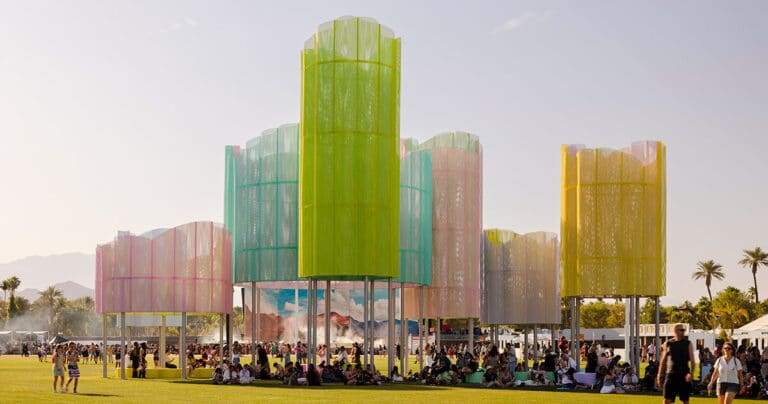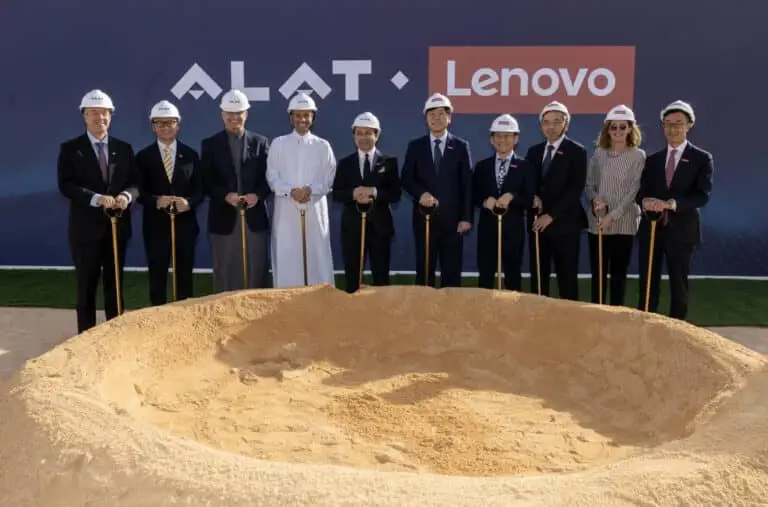The Urban Land Institute (ULI) and the U.S. Green Building Council (USGBC) are among the leading sustainable building organizations that have announced their commitment to supporting the Biden Administration’s new federal definition of a zero-emissions building, aligning it with evolving standards like LEED v5, the Living Building Challenge, and Passive House. Finalised by the U.S. Department of Energy in June, this definition marks a critical milestone in transforming the building industry towards decarbonisation and reducing operational emissions.
What Does the Definition Include?
Published as “The National Definition of a Zero Emissions Building – Part 1: Operational Emissions from Energy Use, Version 1,” the definition is straightforward and based on three primary requirements:
- Energy Efficiency:
Existing buildings must achieve an Energy Star score of at least 75, while new buildings must score at least 90—or demonstrate energy performance that exceeds the model energy code by at least 10%. - No On-Site Greenhouse Gas Emissions:
Buildings must not directly emit greenhouse gases, such as those from fossil fuel combustion on site. (Exceptions apply for backup power systems.) - Powered by Clean Energy:
All building operations must be supplied by clean energy, with no greenhouse gas emissions from on-site or off-site energy sources.
The current version does not yet address embodied carbon or refrigerants; however, a forthcoming Part 2 is under development to cover these areas. This addition will enhance alignment with international carbon-neutral building standards, such as the UK’s recently released draft Zero Carbon Building Standard.
Who Supports the Definition?
During Climate Week NYC in September, nine green building standard organizations announced plans to adopt the federal definition. Among them:
- The U.S. Green Building Council (USGBC) is aligning its upcoming LEED v5 rating system with the definition, particularly at the Platinum level for new construction projects. However, LEED for Building Operations and Maintenance does not currently require existing buildings to meet the zero-emissions definition—even at the Platinum level.
- The International Living Future Institute, through its Zero Carbon and Living Building certifications.
- Passive House organizations, which also confirmed their intent to comply with the federal definition.
Other supporters include ASHRAE, the American Institute of Architects (AIA), the Urban Land Institute (ULI), Architecture 2030, and the New Buildings Institute.
Why This Matters for the Construction Industry
This definition sets a foundational benchmark for decarbonizing the built environment, enabling designers, developers, and policymakers to adopt clear, measurable targets. It also strengthens the industry’s alignment with national and global climate goals, pushing forward a more sustainable and transparent future in building design and operation.







